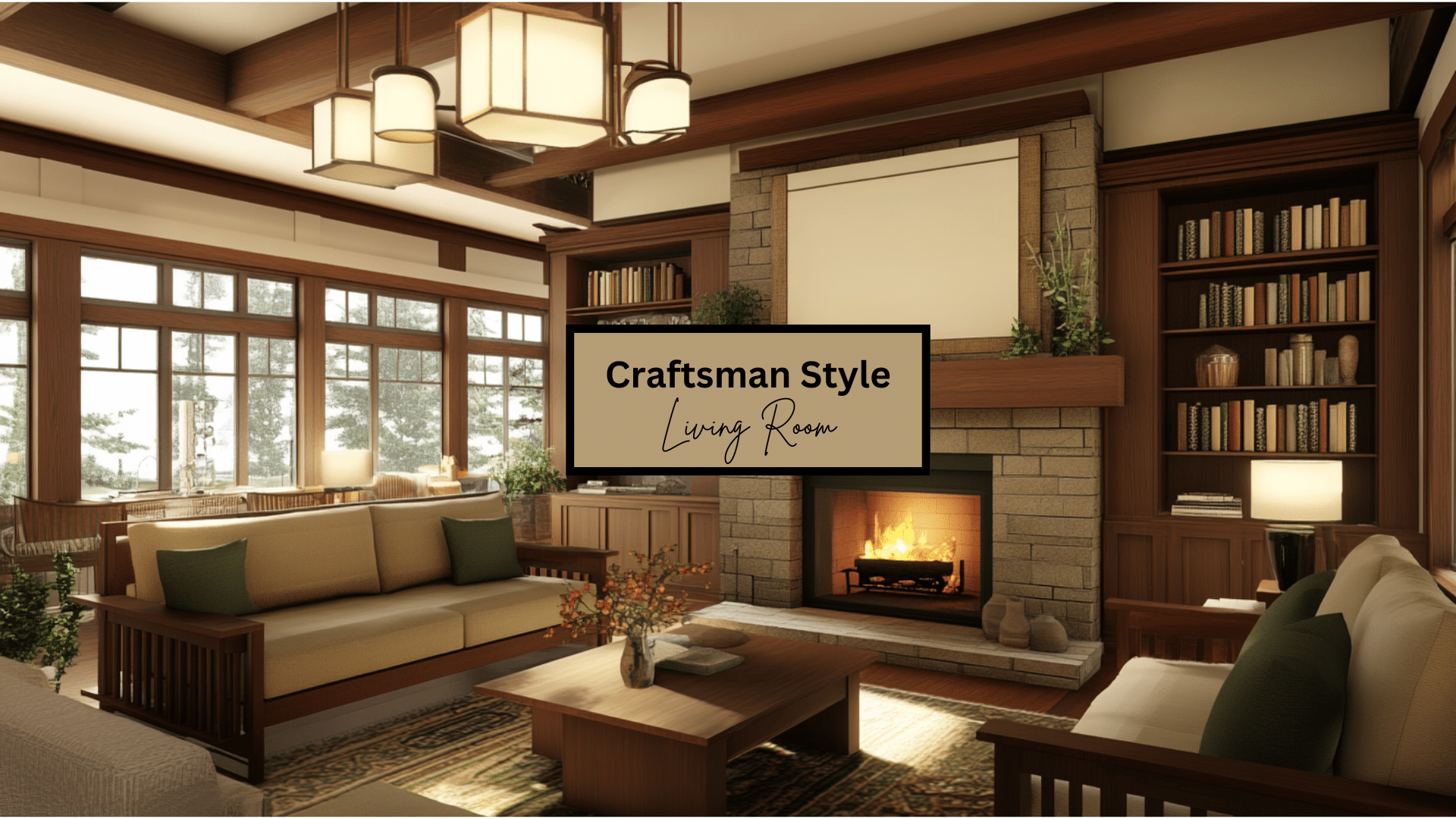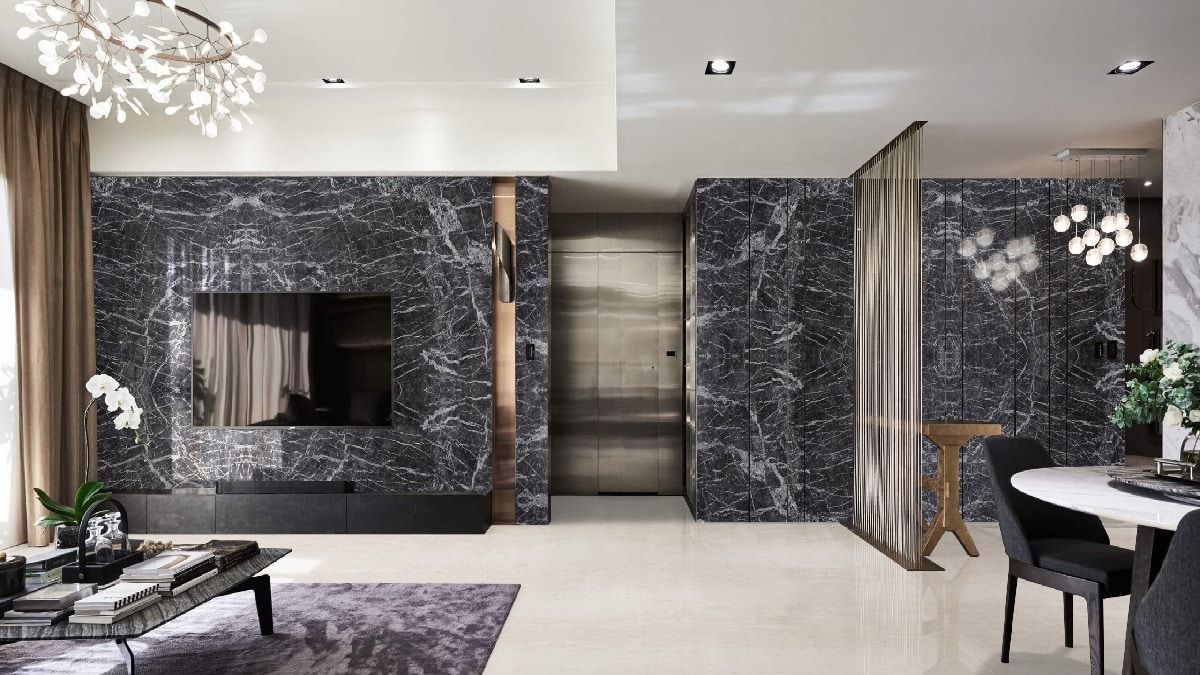DIY Guide for Drywall or Plaster Range Hood
When I first considered buying a custom range hood, I was shocked by the prices—thousands of dollars for something I knew I could build myself.
If you’re like me and love creating custom pieces for your home, you’ll be excited to learn how to build a professional-looking range hood at a fraction of the cost.
I’ll walk you through the process I used, from basic framing to adding those special touches that make it look high-end.
With some two-by-fours and drywall, we’ll create something that looks like it came with a big price tag.
DIY Drywall Range Hood: Stepwise Guide
Step 1: Plan the Range Hood Dimensions and Layout
- Measure and pre-plan the hood’s layout to ensure the dimensions align with your kitchen setup.
- Sketch out an elevation and plan view to finalize the framing layout.
- Choose the hood dimensions (e.g., four feet wide by two feet tall), considering any oversized framing required for the mechanical vent.
Step 2: Gather Salvaged and New Materials
- Collect reclaimed materials like two-by-fours, ideally from previous renovation projects (e.g., pantries or closets).
- Ensure all salvaged wood is free from nails and other debris.
Step 3: Start Framing the Hood
- Begin by framing the face of the hood first and securing it in place.
- Measure and cut additional framing pieces based on the layout, starting from the bottom and working upwards.
Step 4: Secure the Framing to Wall Studs and Ceiling Joists
- Screw the top framing piece into wall studs and ceiling joists for sturdy support.
- Install the bottom framing securely, adjusting it to fit snugly within the hood area.
- Use corner clamps and GRK multi-purpose screws to ensure stability.
Step 5: Install the Hood Insert and Ventilation System
- Place the hood insert in the framed space.
- Connect a flex vent to the hood insert for ventilation. Test for noise or rattling, adjusting with an elbow connector if necessary.
Step 6: Finish the Underside of the Hood
- Cut a quarter-inch plywood piece to fit the hood’s underside.
- Paint the plywood in a color that matches or complements the kitchen (e.g., Pashmina by Benjamin Moore).
Step 7: Apply the Finish Coating
- Use Roman clay plaster (e.g., Portola Paints in a warm gray shade) as a final finish.
- Begin by applying an even first coat with a metal putty knife. After drying for 24 hours, apply a second coat for a consistent look.
Step 8: Install the Crown Molding and Trim
- Use brass trim to add a decorative finish. Cut the trim to size with tin snips.
- Apply Liquid Nails to secure the brass trim along the hood edges.
- Use temporary tape clamps or other supports to hold the trim until it sets.
Step 9: Final Touches
- Once the plaster and trim are securely in place and fully dry, peel off any protective film from the brass trim.
- Check the range hood for stability and finish quality, making minor adjustments if needed.
Design Customization for Range Hood

Adding Decorative Elements
- Moldings and Trim: Consider adding moldings or trim along the edges of the hood to create a more refined look. Choose materials that complement your kitchen’s style, like wood or metallic trim, to enhance the range hood’s appearance.
- Corbels: If your hood has sidewalls, adding corbels underneath can give it a classic, built-in appearance. Attach securely to ensure they can support any additional weight.
Finishing Touches
- Faux Finishes: For a high-end, custom look, try faux finishes like Venetian plaster or marble effect. Specialty paints, such as metallics or textured finishes, can add depth and a unique style to the hood.
- Specialty Paints: Use paints like Roman clay or limewash to create subtle texture and warmth, bringing dimension to your range hood and tying it into the kitchen decor.
Tips and Tricks for Best Results
- Weight Reduction: Use lighter materials such as thinner drywall or MDF for the outer structure. This helps reduce strain on the wall and ceiling while keeping the hood sturdy.
- Pre-Cutting Materials: Before assembly, pre-cut all framing, drywall, and finishing pieces. This saves time and ensures that everything fits smoothly, reducing the need for adjustments mid-assembly.
- Seamless Look: For a high-end appearance, ensure that seams are invisible. Tape and finish drywall seams carefully, using joint compound for smoothness. Sand between coats to get a flawless surface before painting.
- Straight Lines and Edges: Align moldings, edges, and decorative elements with a level for a balanced, professional finish.
Challenges and Solutions while Installing Drywall Range Hood
1. Dealing with Uneven Walls or Ceilings
- Adjusting the Frame: If walls or ceilings are uneven, adjust the framing by adding shims. Attach shims to areas where the framing does not meet the wall or ceiling flush.
- Flexible Trim: Use flexible trim that can contour slightly to uneven surfaces, minimizing gaps.
2. Ensuring Strong Support
- Anchoring Techniques: Use heavy-duty screws and anchors to secure the hood framing to wall studs and ceiling joists. This will support the hood’s weight and ensure it stays in place over time.
3. Addressing Common Mistakes
- Avoiding Visible Seams: To prevent visible seams, apply joint compound in thin layers, sanding between coats until the surface is smooth. Ensure all screws are sunk below the surface and filled with compound.
- Preventing Cracks: Reinforce all corners with drywall tape or mesh to minimize the risk of cracking over time.
Maintenance and Care of Drywall Range Hood

Cleaning Tips
- Use a soft, damp cloth to clean plaster or drywall surfaces gently. Avoid harsh chemicals, as they may damage specialty finishes.
- Use mild, soapy water for deeper cleaning and wipe dry immediately to prevent moisture damage.
Longevity
- Sealing the Finish: Apply a clear sealant for plaster or specialty finishes. This adds a layer of protection against grease and moisture, extending the hood’s life.
- Regular Inspections: Periodically check for chips, cracks, or loose trim. Address minor issues promptly to prevent further damage and maintain the hood’s appearance over time.
Summing Up
I’ve shared all my tips and tricks for building a range hood that looks like it costs thousands but fits within your budget.
We’ve covered everything you need to know: how to measure and plan properly, create strong framing, set up good ventilation, and apply the finishing touches that make it look professional.
I’ve also included solutions to problems I encountered, like dealing with uneven walls and hiding seams.
Remember, taking your time with the details makes all the difference. With these steps, you’re ready to create a beautiful focal point in your kitchen that you’ll be proud to say you built yourself.







